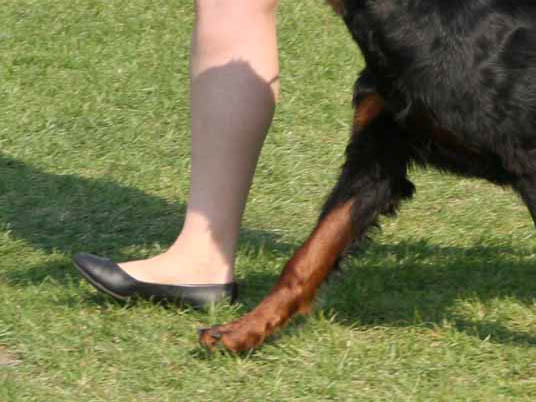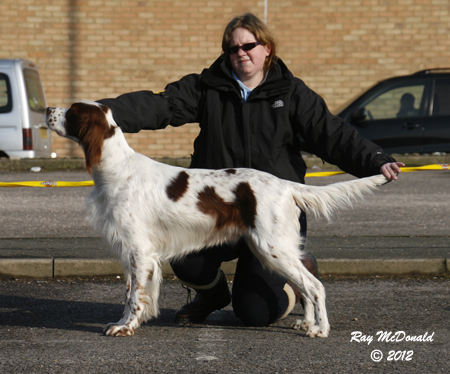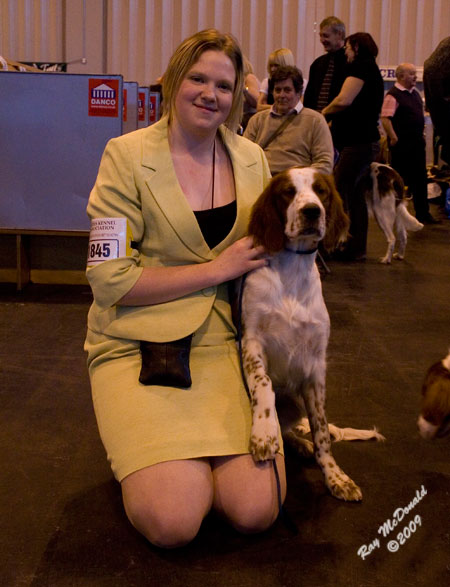Judging – when and where to start
I want to try and explain how you start judging after you have decided that is the next step you want to take in your hobby.
Firstly, a general rule I have learnt from seminars and have agreed with based on my own experience is to have at least been showing for 5 years. This way you will have ring/show experience as an exhibitor and maybe done some stewarding along side an experienced steward.
Next is the seminars. None are required before you start judging, although I would recommend to anyone that they try to complete them before judging. There are three Kennel Club seminars and then Breed Clubs run breed specific seminars.
The Kennel Club Rules and Regulations
The Kennel Club Conformation and Movement
The Kennel Club Hands on Assessment
Breed specific seminar (Run by the breed clubs, go on one for your breed of interest)
Once you have completed these, you will have (hopefully) have learn’t all the general basics/theories of judging.
For Young Kennel Club (YKC) members age 16-25 I can personally recommend the YKC Judging Workshops. I attended the first one and it was fantastic, I can’t recommend them enough.
Another good start for judging is to judge either Companion shows and/or Matches. Starting at lower levels gives you the chance to be in the ring and make decisions where the atmosphere is more relaxed.
Please note; one thing that really gets to a lot of show Secretary’s is judges who push themselves by asking for/begging for appointments. If you have done the seminars and are polite to people, you will soon find the judging appointments flying in. There is never an excuse to ask for them (In my opinion).


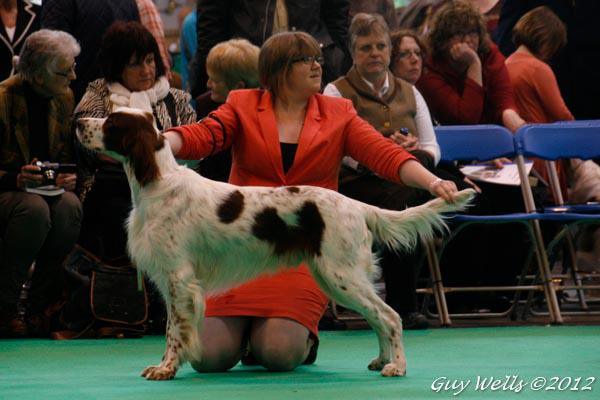



 Bumbags are common and come in a variety of materials, shapes and sizes. Have a look around websites and shows to find one that suits you.
Bumbags are common and come in a variety of materials, shapes and sizes. Have a look around websites and shows to find one that suits you.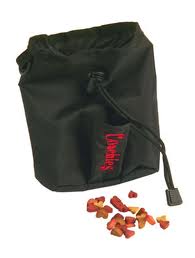
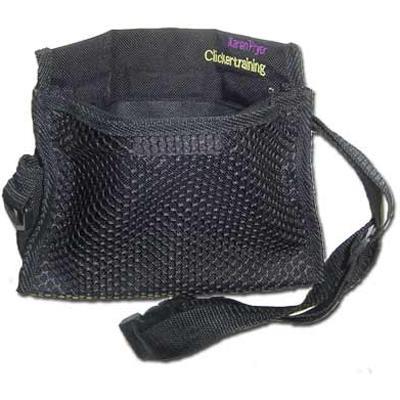 My favourite training treat bag is the Karen Pryor Treat bag, It has a snap shut mechnisem which means you can open or close it with one hand, and it will stay closed or open. Other manufacturers have also now copied this design and all very similar. They have a front pocket, ideal of keeping a small toy, target stick and clicker too!
My favourite training treat bag is the Karen Pryor Treat bag, It has a snap shut mechnisem which means you can open or close it with one hand, and it will stay closed or open. Other manufacturers have also now copied this design and all very similar. They have a front pocket, ideal of keeping a small toy, target stick and clicker too!